Inverters
Some of you may never have heard of inverters and have no idea what they are. But many others are familiar or have even worked with these appliances.
For the first group mentioned above, we will try to explain in detail what inverters are, particularly the frequency inverter device available in our online store.
If you are thinking of buying a frequency inverter or you just want to find out more and acquire new and interesting knowledge, you have come to the right place: Elmark.
What is a frequency inverter and what is it used for?
A frequency inverter is an appliance that changes fixed voltage and frequency into variable voltage and frequency or, in other words, converts direct current into alternating current.
For those more familiar with this field, frequency inverters do the opposite of rectifiers, which convert alternating current into direct current.
For the sake of clarity, we will briefly explain the difference between direct current and alternating current.
Direct current does not change in direction and value over time. Sources of this type of electricity include batteries, accumulators, solar cells, dynamos, etc.
Alternating current varies in value and direction at intervals. It is used for domestic and industrial purposes. In households it introduces single-phase current into the electrical system, while three-phase current is used in industry, but we will not go into further detail about this.
Frequency inverters are mainly used to smoothly regulate the speed of asynchronous motors, which are widely used in industry.
Although frequency inverters are mainly needed in industry, which partly explains their high cost, this is far from their only use.
Inverters with much smaller capacities are also available and suitable for domestic purposes. In Elmark's online store you will find a wide selection from which everyone can find something for themselves.
How is a frequency inverter designed and how many types are there?
Now that we have introduced you in general to the functionality and purpose of frequency inverters, we will go into a little more detail and tell you how they are designed.
Frequency inverters have several components including a transistor inverter, a rectifier and a DC filter.
Therectifier converts the AC power supply into pulsating direct current using special diode modules.
This is not how the transistor inverterworks. Its purpose is to transform direct current into so-called broad-pulse modulated (BPM) alternating current.
The third component, DC filters, consist of a variety of filter elements including capacitors and filter throttles.
All these components play a huge role in the functions of a frequency inverter. But we should also consider the "brain" that drives the entire appliance, i.e. the microprocessor controller which, in addition to acting as a control system, also provides a sinusoidal current.
Now that have taken a look at a frequency inverter from the inside, we will examine its different types.
Basically, frequency inverters can be vector-based or scalar, the difference being the way the electric motor is controlled. In other words, the type of frequency inverter is determined by means of a voltage calculation device.
Scalar inverters work as follows: voltage is a function of frequency and is calculated by linear interpolation between several reference points If you use a scalar frequency inverter you will be able to determine their value.
The operating process of vector invertersis slightly different. You must first set the electrical parameters of the electric motor you are operating. You can only determine the voltage value by modelling the transient processes in the motor itself. Using a vector frequency inverter therefore requires a higher level of knowledge, particularly in power drive theory.
Where the main problems arise for each type of frequency inverter
When using a frequency inverter, you should be aware in advance of several issues that may arise.
Possible problems include engine vibration and potential overheating of the asynchronous motor at low rotation speeds.
Peak power surges at the motor terminals are likely to occur. You should not underestimate this part of the operating process.
With regard to the frequency inverter, at some point there may be higher harmonics that usually occur at the output of the appliance.
Another problem you should be aware of is so-called electro-erosion of bearings which can lead to frequencies that exceed the synchronous frequency when using a frequency inverter.
Protective devices to help with frequency inverter problems
Now that we have outlined the potential problems, we can offer possible solutions in the form of protective equipment.
To begin with, we advise you to use an asynchronous motor with higher-grade insulation. This will ensure that you have fewer problems at a later stage.
To extend the life of the motor itself, a good approach is to install external filters (throttles) that will help limit the high-frequency components to standard values.
You can also take a number of steps to ensure the operation of the frequency inverter and minimise the risks of problems and incidents.
Provide independent cooling, especially for operation at low speed and shaft rotation. In addition, thermistor shields may be added to prevent the stator coil overheating.
To ensure smooth operation of the frequency inverter, it is advisable to use bearings that have:
- Ceramic parts;
- Insulated outer ring;
- Insulated inner ring;
- Dielectric coating.
To avoid power surges at the motor terminals, a shielded cable with a minimum length can be used.
Frequency inverter products in our online store
In the Inverter category of our online store you can acquire a frequency inverter that will not only do a great job for you, but will also be a benchmark for quality and long service life.
Here you will find all sorts of models both for large and small-scale industry and smaller businesses and even the household sector.
Although categorised by purpose, input voltage, maximum power and current, all our inverters are manufactured with high quality materials and are all covered by our quality guarantee.
-
to the product
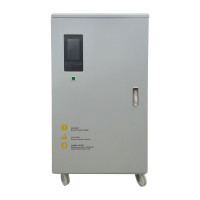 EL-TNS10 AUTOMATIC MOTOR VOLTAGE REGULATOR 3P/10kVA 44155
EL-TNS10 AUTOMATIC MOTOR VOLTAGE REGULATOR 3P/10kVA 44155-
Brand

Power 10 Number of poles 3 Input voltage 260-450V Output voltage 380V -
Brand
-
to the product
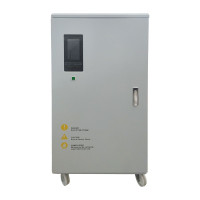 EL-TNS20 AUTOMATIC MOTOR VOLTAGE REGULATOR 3P/20kVA 44156
EL-TNS20 AUTOMATIC MOTOR VOLTAGE REGULATOR 3P/20kVA 44156-
Brand

Power 20 Number of poles 3 Input voltage 260-450V Output voltage 380V -
Brand
-
to the product
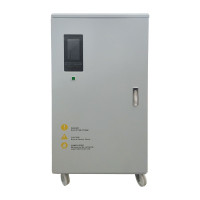 EL-TNS30 AUTOMATIC MOTOR VOLTAGE REGULATOR 3P/30kVA 44157
EL-TNS30 AUTOMATIC MOTOR VOLTAGE REGULATOR 3P/30kVA 44157-
Brand

Power 30 Number of poles 3 Input voltage 260-450V Output voltage 380V -
Brand
-
to the product
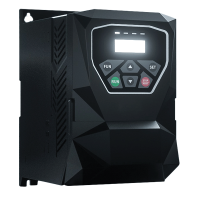 FREQUENCY INVERTER ELM600- 0.75kW 1P/230V 423440
FREQUENCY INVERTER ELM600- 0.75kW 1P/230V 423440Input voltage 230V Maximum power 0.75kW Maximum current 4.5A Warranty 
-
-
to the product
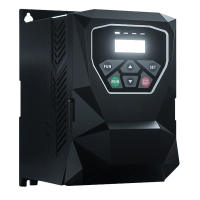 FREQUENCY INVERTER ЕLM600- 1.5kW 1P/230V 423441
FREQUENCY INVERTER ЕLM600- 1.5kW 1P/230V 423441Input voltage 230V Maximum power 1.5kW Maximum current 7A Warranty 
-
-
to the product
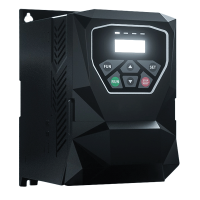 FREQUENCY INVERTER ЕLM600- 1.5kW 3P/400V 423443
FREQUENCY INVERTER ЕLM600- 1.5kW 3P/400V 423443Input voltage 400V Maximum power 1.5kW Maximum current 4A Warranty 
-
-
to the product
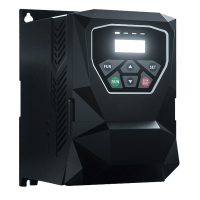 FREQUENCY INVERTER ЕLM600- 2.2kW 1P/230V 423442
FREQUENCY INVERTER ЕLM600- 2.2kW 1P/230V 423442Input voltage 230V Maximum power 2.2kW Maximum current 10A Warranty 
-
-
to the product
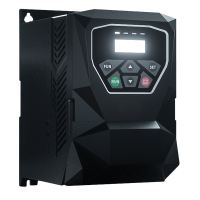 FREQUENCY INVERTER ЕLM600- 2.2kW 3P/400V 423444
FREQUENCY INVERTER ЕLM600- 2.2kW 3P/400V 423444Input voltage 400V Maximum power 2.2kW Maximum current 6.5A Warranty 
-
-
to the product
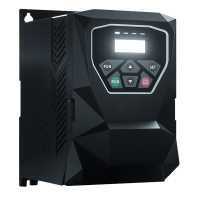 FREQUENCY INVERTER ЕLM600- 3.0kW 3P/400V 423445
FREQUENCY INVERTER ЕLM600- 3.0kW 3P/400V 423445Input voltage 400V Maximum power 3.0kW Maximum current 7.6A Warranty 
-
-
to the product
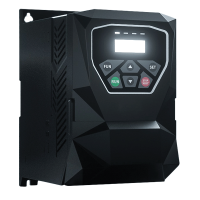 FREQUENCY INVERTER ЕLM600- 4.0kW 3P/400V 423446
FREQUENCY INVERTER ЕLM600- 4.0kW 3P/400V 423446Input voltage 400V Maximum power 4.0kW Maximum current 9A Warranty 
-
-
to the product
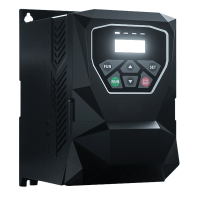 FREQUENCY INVERTER ЕLM600- 5.5kW 3P/400V 423447
FREQUENCY INVERTER ЕLM600- 5.5kW 3P/400V 423447Input voltage 400V Maximum power 5.5kW Maximum current 12A Warranty 
-
-
to the product
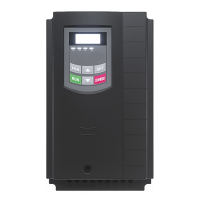 FREQUENCY INVERTER E2000- 0004 S2B 0.4KW 2.5A 230V 423400P
FREQUENCY INVERTER E2000- 0004 S2B 0.4KW 2.5A 230V 423400PInput voltage 230V Maximum power 0.4kW Maximum current 2.5A Warranty 
-
-
to the product
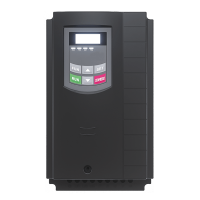 FREQUENCY INVERTER E2000- 0007 S2B 0.7KW 4.5A 230V 423401P
FREQUENCY INVERTER E2000- 0007 S2B 0.7KW 4.5A 230V 423401PInput voltage 230V Maximum power 0.7kW Maximum current 4.5A Warranty 
-
-
to the product
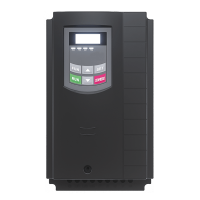 FREQUENCY INVERTER E2000- 0015 S2B 1.5KW 7A 230V 423402P
FREQUENCY INVERTER E2000- 0015 S2B 1.5KW 7A 230V 423402PInput voltage 230V Maximum power 1.5kW Maximum current 7A Warranty 
-
-
to the product
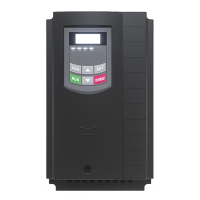 FREQUENCY INVERTER E2000- 0022 S2B 2.2KW 10A 230V 423403P
FREQUENCY INVERTER E2000- 0022 S2B 2.2KW 10A 230V 423403PInput voltage 230V Maximum power 2.2kW Maximum current 10A Warranty 
-
-
to the product
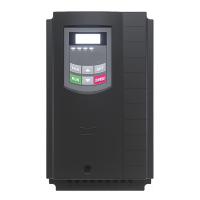 FREQUENCY INVERTER E2000- 0007 T3 0.7KW 2A 400V 423404P
FREQUENCY INVERTER E2000- 0007 T3 0.7KW 2A 400V 423404PInput voltage 400V Maximum power 0.7kW Maximum current 2A Warranty 
-
-
to the product
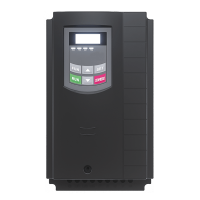 FREQUENCY INVERTER E2000- 0015 T3 1.5KW 4.6A 400V 423405P
FREQUENCY INVERTER E2000- 0015 T3 1.5KW 4.6A 400V 423405PInput voltage 400V Maximum power 1.5kW Maximum current 4.6A Warranty 
-
-
to the product
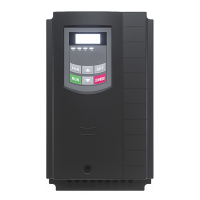 FREQUENCY INVERTER E2000- 0022 T3 2.2KW 6.5A 400V 423406P
FREQUENCY INVERTER E2000- 0022 T3 2.2KW 6.5A 400V 423406PInput voltage 400V Maximum power 2.2kW Maximum current 6.5A Warranty 
-
-
to the product
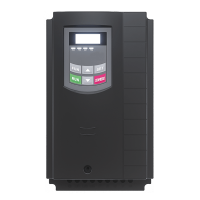 FREQUENCY INVERTER E2000- 0030 T3 3.0KW 7A 400V 423407P
FREQUENCY INVERTER E2000- 0030 T3 3.0KW 7A 400V 423407PInput voltage 400V Maximum power 3.0kW Maximum current 7A Warranty 
-
-
to the product
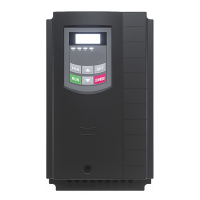 FREQUENCY INVERTER E2000- 0040 T3 4.0KW 9A 400V 423408P
FREQUENCY INVERTER E2000- 0040 T3 4.0KW 9A 400V 423408PInput voltage 400V Maximum power 4.0kW Maximum current 9A Warranty 
-
Prices are VAT inclusive





